Dramatic coastlines, beautiful beaches and year-round sunshine are just some of Portugal’s many charms and some good reasons for creating a Portugal itinerary for the bucket list. There’s also a rich history, captivating cities, wild nationals parks, world-class golf courses and a mouth-watering menu of traditional dishes. A holiday to Portugal can be just about anything you want it to be.
Yet, with so much to see, it can be difficult to know where to start. The good news is: you’ve come to the right place. Whether you have three days, or five, this Portugal guide will provide you with advice and inspiration on everything from getting there and getting around, to packing essentials and places to see. Consider this your ultimate Portugal checklist.
Table of Contents
- When to visit Portugal
- Getting to and around Portugal
- What to pack for Portugal
- 5 days in the Algarve
- How to spend 5 days in the Algarve
- Best places to stay in Lagos, Algarve
- 3 days in Lisbon
- How to spend 3 days in Lisbon
- Best Places to Stay in Lisbon
- 3 days in Porto
- How to spend 3 days in Porto
- Best places to stay in Porto
When to visit Portugal
Portugal’s temperate climate and a calendar full of seasonal events add to its year-round appeal, but the best time to visit will depend on the type of holiday you’re after.
The promise of long sunny days and warm waters draw most visitors to Portugal during July and August, while the cooler climes of spring make Portugal’s outdoor explorations more comfortable.
With temperatures only falling to around 10 degrees in Lisbon and Porto, Portugal is the perfect destination for a year-round city break. That said, the cities can be sweltering during the summer months. If you can’t stand the heat, spring and autumn are your best bet. And as the temperatures dip, so do the hotels rates and airfares.
The big question: how long should you spend in Portugal? Honestly, you could spend months here and still not uncover every corner of the country. I recommend that you avoid stretching yourself too thin, and instead, take the time to explore a few key areas.
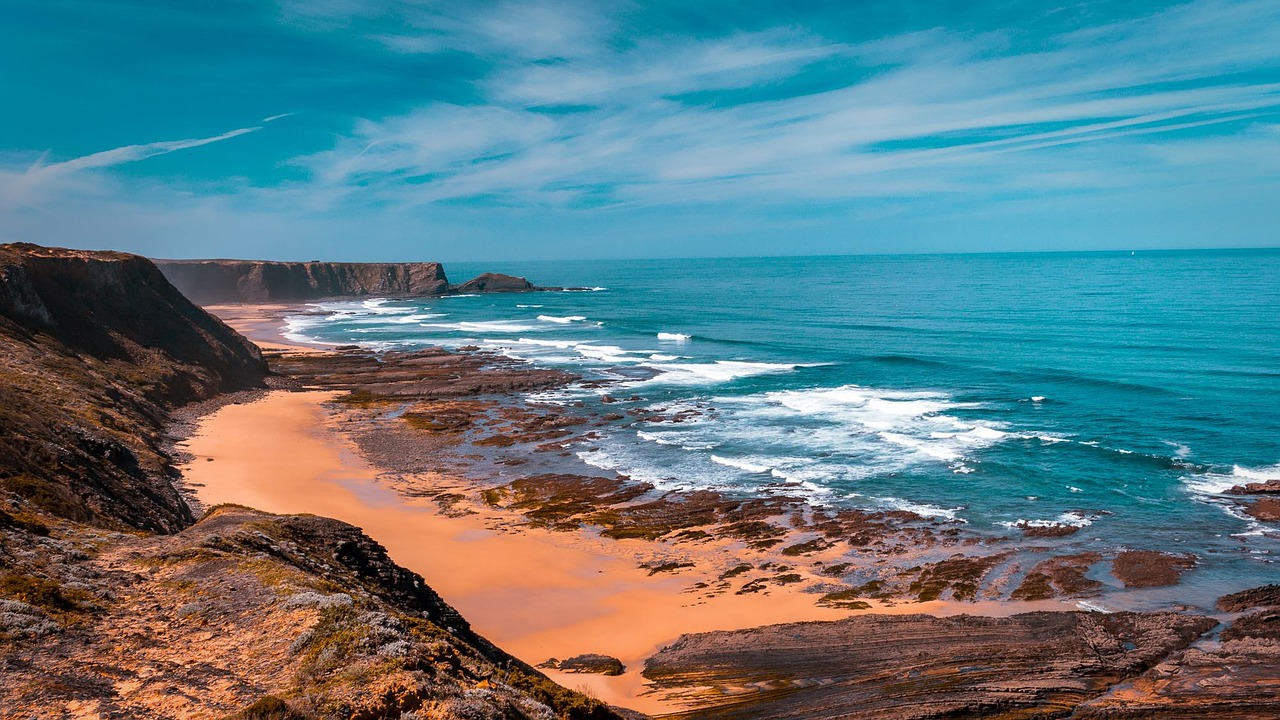
Getting to and around Portugal
There are regular direct flights to Lisbon, Faro and Porto from all over Europe and some US cities.TAP Portugal is the country’s main airline, but United Airlines, British Airways and Europe’s main budget airlines including EasyJet and Ryanair, also offer flights to Portugal’s three main cities.
Portugal’s compact size and its comprehensive public transport network mean that you can get almost anywhere by bus or train. Its major cities are well connected by the national train line, Comboios de Portugal, which will carry you across the country in comfort. Portugal’s robust bus network covers the same route as the trains, but it will also get you to smaller towns and villages, too. In fact, the ease, affordability and comfort of Portugal’s public transport system mean that there’s really no need to travel by air.
And thanks to well-maintained roads, Portugal is also an easy country to drive on your own.
Rental cars are available at major airports and in big cities across the country, with Alamo, Budget and Europcar being the key agencies.
What to pack for Portugal
What you’ll need to pack depends on where you’re going and when. However, there are a few fundamentals that you’ll want to bring, regardless of when you’re visiting Portugal.
A copy of your passport or ID. You are legally required to carry ID with you at all times in Portugal, even as a tourist. Don’t risk losing your passport. Instead, bring a couple of photocopies with you and keep your passport stowed away in a safe place.
Layers. Despite Portugal’s year-round sunshine, you’ll want to pack a few layers for cooler evenings and the occasional shower, especially if you’re travelling during winter. The key is to build a basic travel wardrobe of mix-and-match combinations, so think simple, versatile, and work with neutral colours.
Comfy shoes with non-slip soles. While Portugal’s steep and windy cobbled streets are one of the country’s most beautiful assets, they are a dangerous place for your new summer wedges. Instead, opt for comfy sandals or sneakers with a non-slip sole.
Sun cream. You’ll find plenty of shops selling sun cream in Portugal, but you’ll likely pay a premium. So, unless your subject to hand luggage restrictions, stock up before you travel to avoid being caught short.
Shades. Whether you’re marvelling at the sights or lazing in the sands, your shades will keep your eyes cool and comfortable.
Swimwear. From the Algarve to the Azores, Portugal boasts some of Europe’s best beaches. And with summer temperatures averaging 24°C in the Algarve and often reaching low 30s in Lisbon, you’ll be craving a refreshing dip in the ocean. Although be warned – it’s rather cold! Either way, if you’re travelling to Portugal between June and August, you’ll want to pack swimwear.
Day bag. If you’re planning to hike or head to the beach, a backpack is a must-have essential. Otherwise, a good day bag should be big enough to fit your camera, phone, ID and small wallet, yet small enough not to weigh you down.
Travel adapter. Travel adapters might not be the most glamorous travel gadget, but they’re certainly one of the most useful. Portugal uses the standard European two-pin plug, but instead of buying a single-country travel adapter, opt for a universal adapter.
Cash. Cash is king in Portugal, with many shops and restaurant not accepting credit or debit cards. If you don’t have a travel-friendly bank card, either get one or order some Euros before you go.
5 days in the Algarve
Chiselled by the Atlantic Ocean, Portugal’s south coast boasts golden beaches, hidden bays and dramatic rock formations. Year-round sunshine and warm sea temperatures add to its allure. Yet, despite being one region, the Algarve is extremely diverse.
Central Algarve, stretching between Faro and Lagos, offers lively coastal resorts, world-class golf courses, waterparks and vibrant nightlife. Further east, a string of sandbar islands emerges from the ocean, forming part of the beautiful Ria Formosa National Park. The Wild, Western Algarve is a surfing hotspot and a great place for bird watching, dolphin spotting and cliff walks. Whatever you’re looking for, you’ll find it here in the Algarve. And the best way to explore the region is to hire a car.
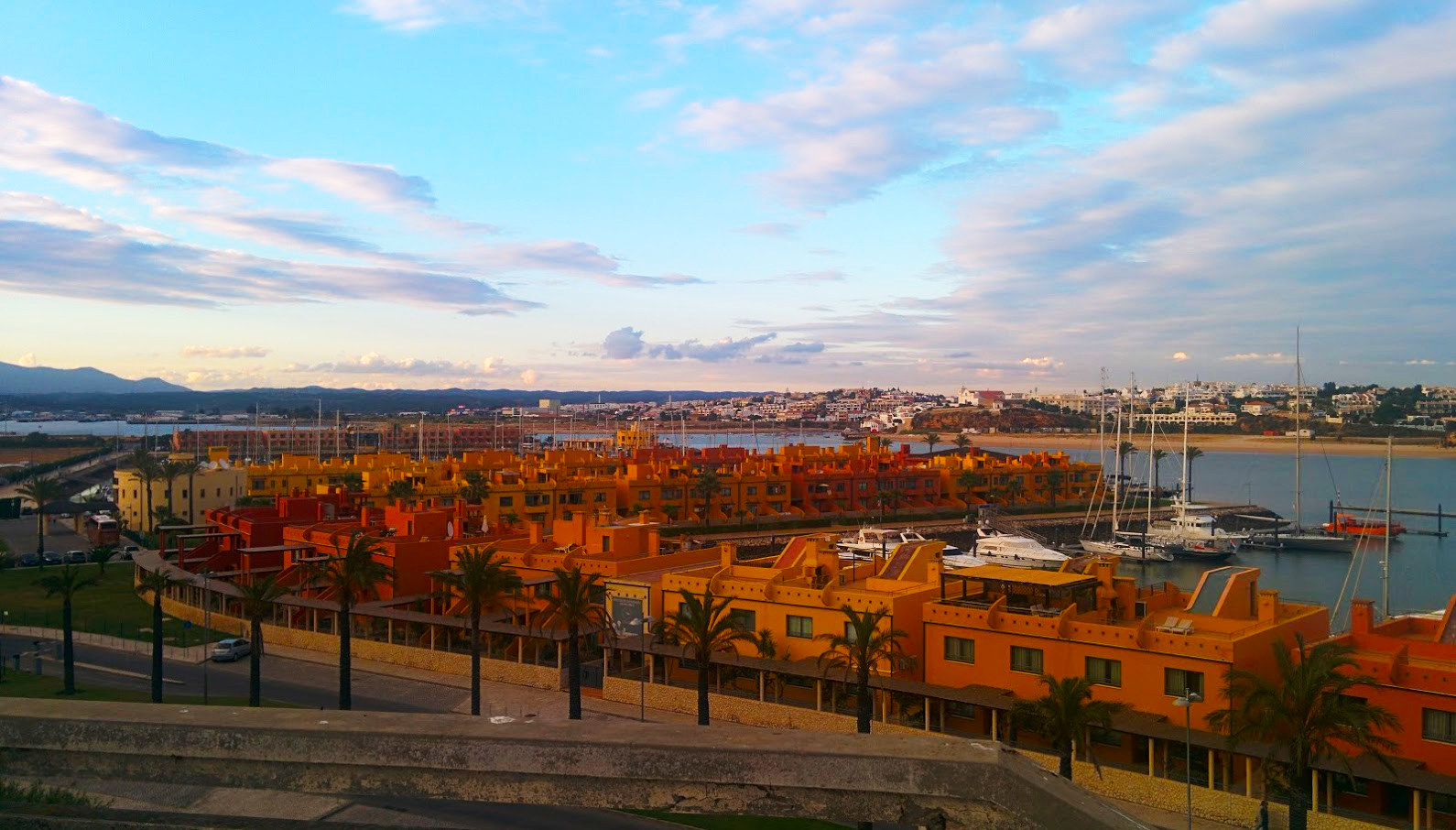
How to spend 5 days in the Algarve
Faro is the capital of the Algarve and the starting point for most visitors. Holidaymakers often pass straight through Faro en route to the central coast. If you have the luxury of time, it’s definitely worth spending a night in the city, but with just 5 days, I would recommend collecting a car and travelling 90 miles west to the historic city of Lagos – the perfect base for exploring the surrounding region.
Situated on the western edge of the Algarve, the pretty city of Lagos draws visitors with its walled old town, dramatic cliffs and sweeping beaches. It’s become one of Europe’s holiday hotspots, yet has managed to retain its distinctive charm and character. On your first day, take the time to stroll around the beautiful historic centre, admire the churches and ramparts and savour a delicious seafood dinner at Casinha do Petisco.
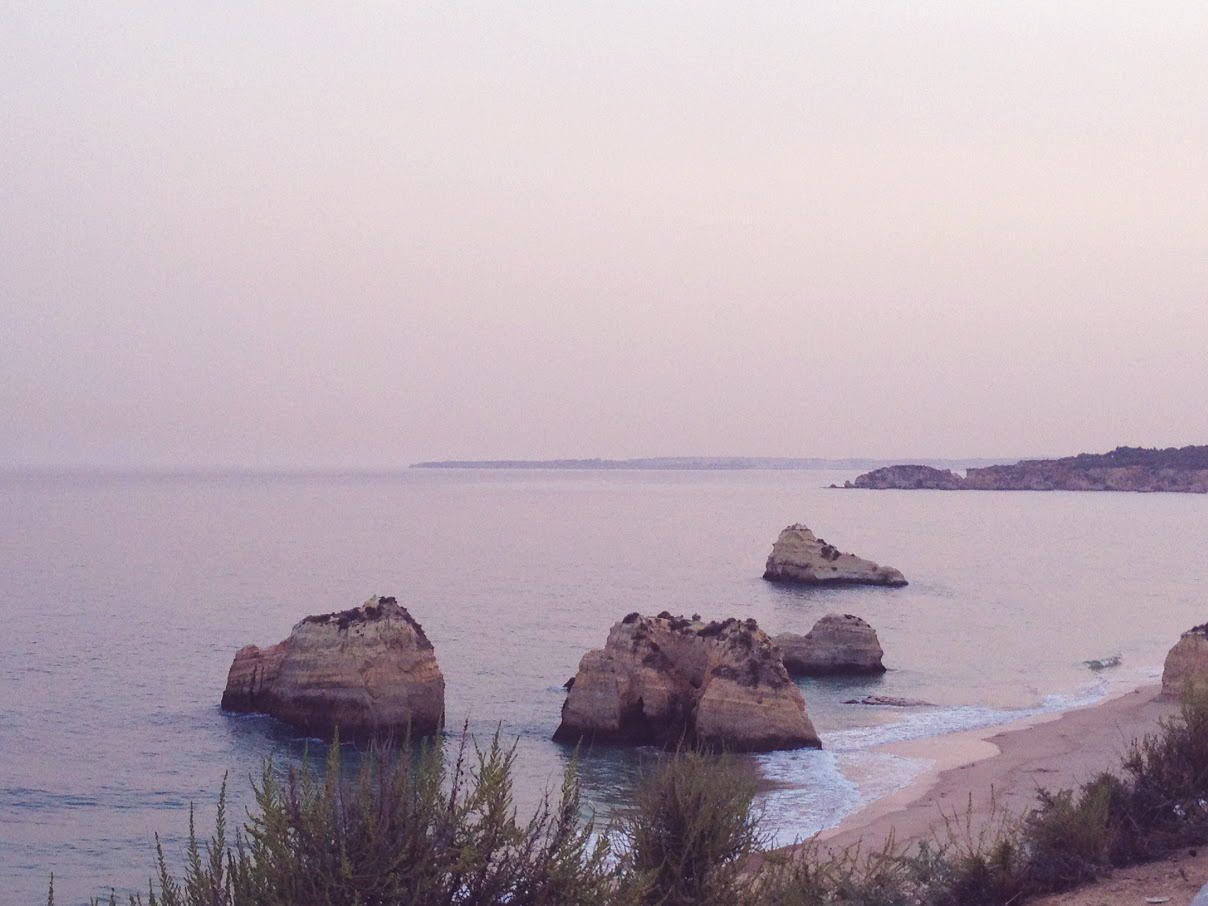
Just south of Lagos, Ponta da Piedade is a picture-perfect landscape of sea pillars, hidden caves and grottoes, and is without a doubt one of the Algarve’s most sought-after sights. You can explore the headland by foot along the coastal path, but perhaps the most memorable way to experience Ponta da Piedade is by boat (from Lagos Marina) or kayak (from Praia da Batata). As you would expect, the Algarve’s dramatic coastlines make for some wonderful wildlife walks and hiking trails, and the Ponta da Piedade area is no exception. The coastal trail from Lagos meanders past picturesque beaches including Praia dos Estudantes, Praia do Pinhão, and Praia Dona Ana, and takes around 2 hours to complete the round trip.
The following day, keep heading west until you hit the Vicentine Coast Natural Park – one of the wildest and most biodiverse protected territories within Iberia. Deserted beaches and stunning landscapes rich in wildlife make this region the perfect retreat for travellers looking to escape from it all. At the tail end of the park sits the laid-back coastal village of Sagres. The village’s rugged appearance won’t appeal to everyone, but its wild surf and deserted beaches offer a welcome contrast to the region’s busy beach resorts. Just west of Sagres, lies Cape St Vincent, the most southwest point in mainland Europe, which is defined by its iconic lighthouse and craggy cliffs. Hang around for sunset and you’ll understand why the Romans coined this place the Sacred Promontory.
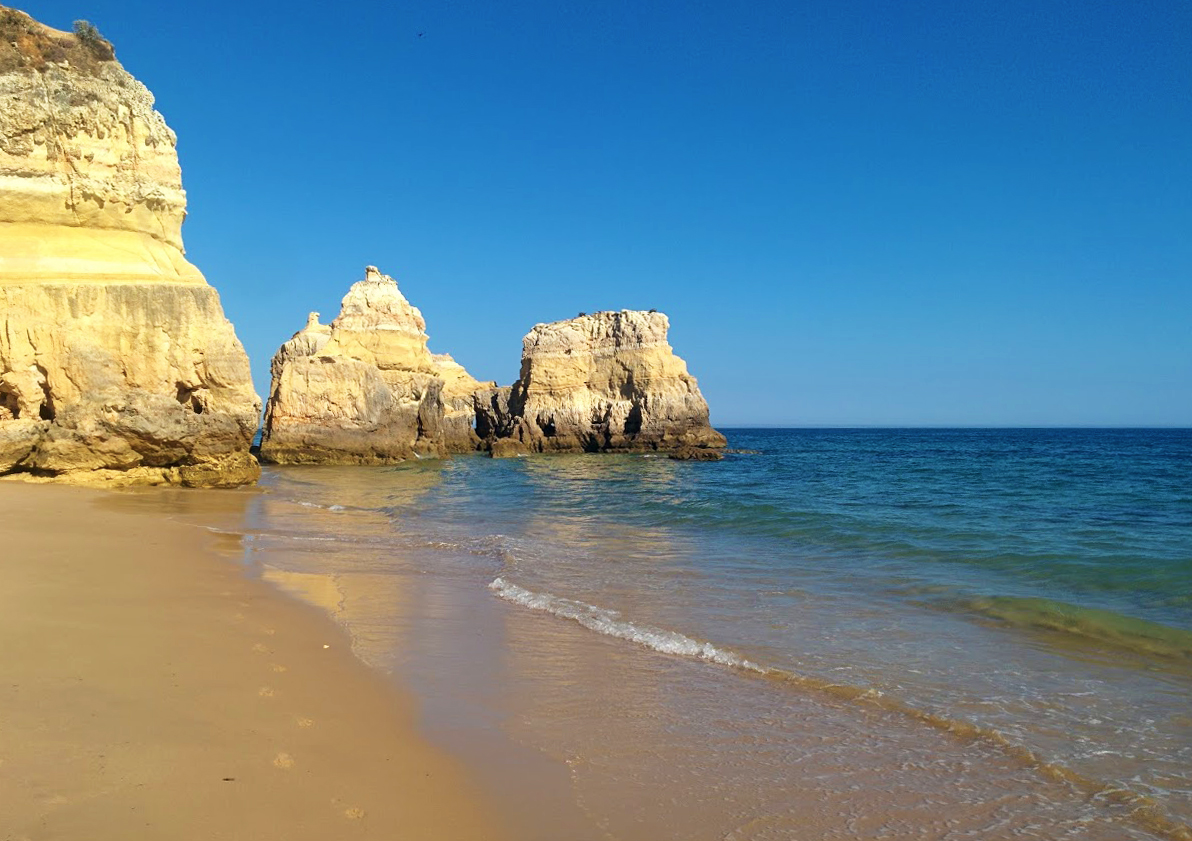
Best places to stay in Lagos, Algarve
Old Town: Occupying a prime location in the historic district, just a ten-minute walk from the beach, Olive Hostel is a super chilled oasis for budget travellers. Private and dorm style rooms are available, as well as free Wi-Fi, rooftop yoga classes and the occasional Portuguese class. For something more upmarket, the boutique Casa Mae tucked away beside the ancient city walls, will impress you from the minute you step foot inside the sprawling stonewalled estate. Luxury suites, a laid-back bar and a farm-to-table café are just a few of the hotel’s best assets.
Coast: If you’d prefer to trade city views for sea views, the Boutique Hotel Vivenda Miranda stands on the edge of the cliffs overlooking Porto de Mos beach. The property’s ocean views, excellent spa and lush gardens offer a tranquil escape from the city.
Countryside: For something extra special, check into the luxury Quinta Bonita, located just outside Lagos. The family-run hotel is frequently named one of the best hotels in the Algarve thanks to its tranquil gardens, panoramic terraces, yoga centre and complimentary afternoon tea. With just 8 rooms and a 2-bedroom cottage, be sure to book in advance.
For more prices and options click here.
3 days in Lisbon
Charming, cultured and very affordable, Lisbon is the European city of the moment. Visitors quickly fall for its welcoming charm and warm climate and lose themselves in the city’s colourful maze of cobblestone streets and historic wonders. The Portuguese capital also offers one of the most exciting food scenes in Europe right night, so unbuckle your belt and get ready to dive in.
Despite Lisbon’s infamous seven hills, the city can be easily explored on foot, and three days provide the perfect length of time to do so. While the cobblestoned streets are walkable, they are uneven and slippery, so be sure to pack some comfy shoes.
Top tip: The Lisboa Card, which can be purchased online or from tourist information centres, gives you unlimited access to Lisbon’s public transport and includes free entrance to 29 monuments and museums.
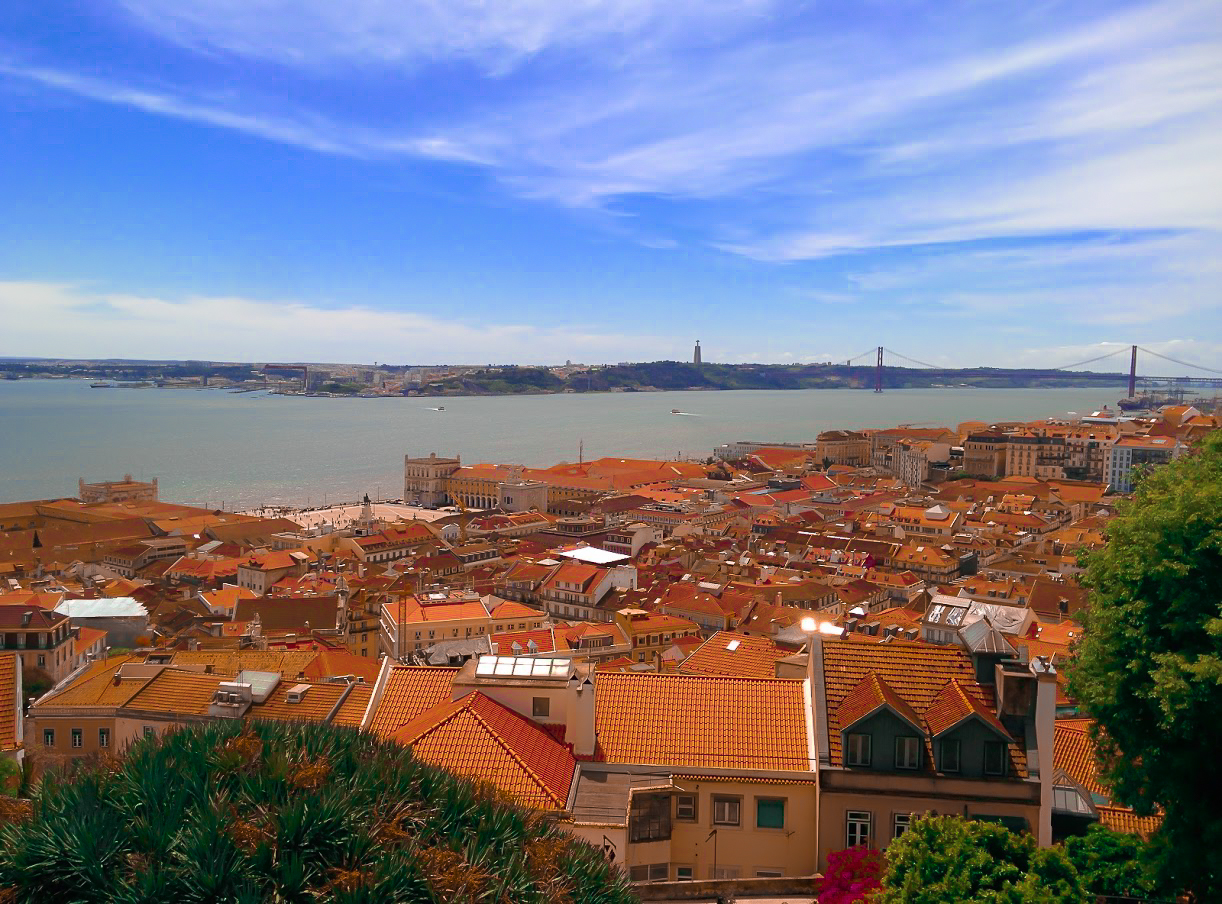
How to spend 3 days in Lisbon
The best way to get your bearings is to hop onboard one of the city’s rattling trams. While there are a handful of trams still running in Lisbon, the no. 28 is the classic tram to catch. And while the queue can seem never-ending, it’s well worth the wait. Starting in Martim Moniz and ending in Campo de Ourique, you will wind your way through narrow streets, passing through the popular districts of Gracea, Alfama, Baixa and Estrela.
Baixa, at the heart of the city, is characterised by its bustling square, Praça do Comércio, and its prized location on the banks of the Tagus River. Take the elevator to the top of Arco Triunfal da Rua Augusta for great views of the neighbourhood, before strolling down the Rua da Augusta Boulevard, lined with restaurants, bars and shops.
After lunch, get lost in the medieval alleys of the Alfama quarter – Lisbon’s oldest neighbourhood, where walkers and photographers are rewarded with pretty churches, quaint squares and whitewashed houses. The picture is made even more perfect by St George’s Castle, standing tall above the streets of Alfama, and affording panoramic views over the River Tagus.
When night falls, sip on a sundowner and listen to the sounds of the resident DJ at SkyBar – the calling place for trendy hipsters and celebrities, and one of the best spots to witness the sun setting over the city.
The following day, take some time to wander the Torre de Belém, a mighty medieval fortress perched on the banks of Belém. This quirky UNESCO World Heritage Site is arguably Lisbon’s most iconic monument and a striking reminder of Portugal’s prominent role in the Age of Discoveries. To get there, take the No.15 tram from Praça da Figueira in central Lisbon. Note: The Tower is closed on Mondays.
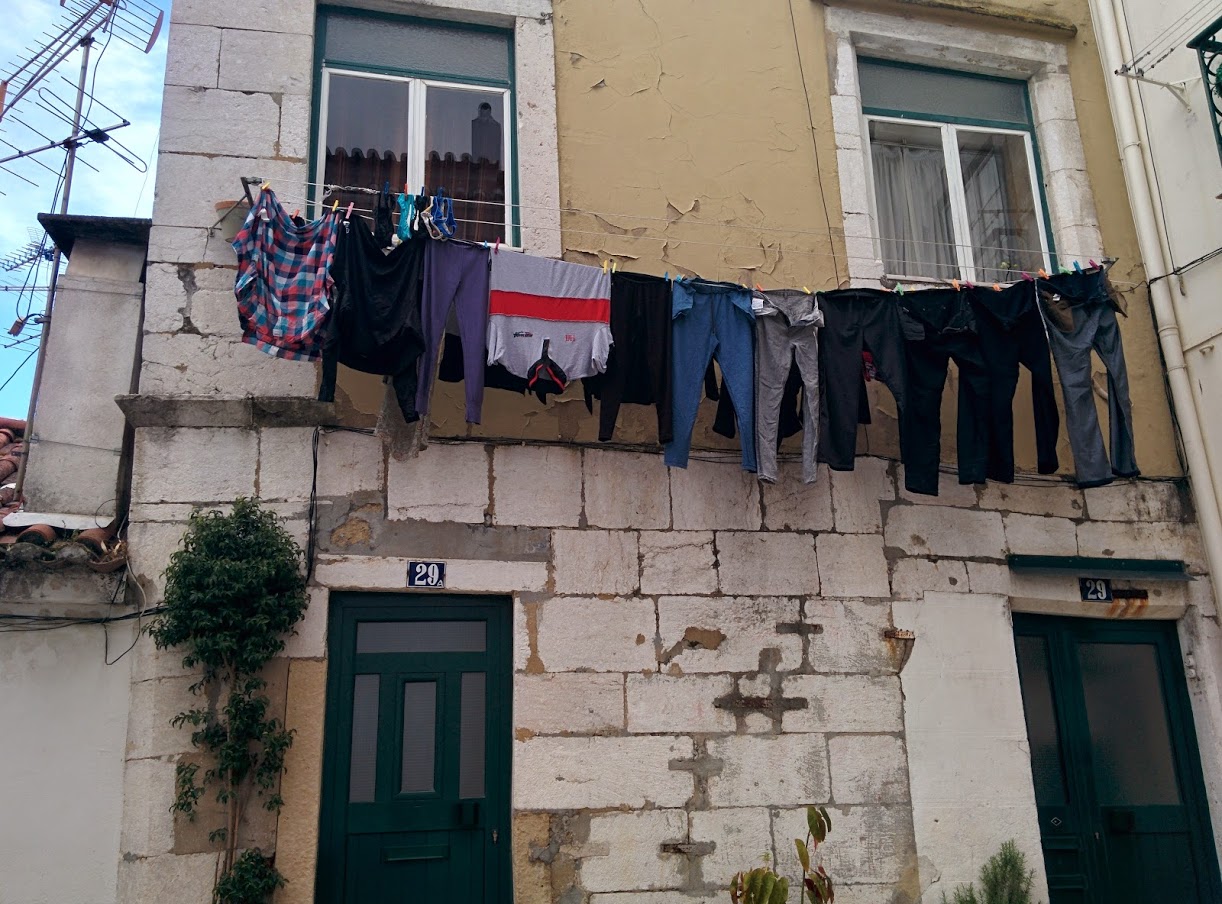
When you’ve worked up an appetite, hop on the train to the trendy district of Cais do Sodré, just three stops from Belém and home to the Time Out Market Lisboa – one of Lisbon’s liveliest culinary hotspots. The market houses prominent Portuguese chefs and restaurants, serving up delicious regional dishes. Start with soft-shelled crab at Marisqueira Azul before savouring a roast pork sandwich at Balcão da Esquina. And don’t leave without indulging in a scoop of gelato at Santini.
On your final day, a visit to the LX Factory will give you a glimpse into Lisbon’s alternative side. Located in Alcântara, the abandoned factory has been transformed into a creative, cultural and gastronomic hotspot, filled with trendy bars, eateries and craft shops.
Don’t leave Lisbon without experiencing the views from the Panoramico de Monsanto Viewpoint, located in the middle of the Monsanto forest. Once an exclusive restaurant, the abandoned building recently reopened as a 3-storey, urban art gallery and affords panoramic views of the city.
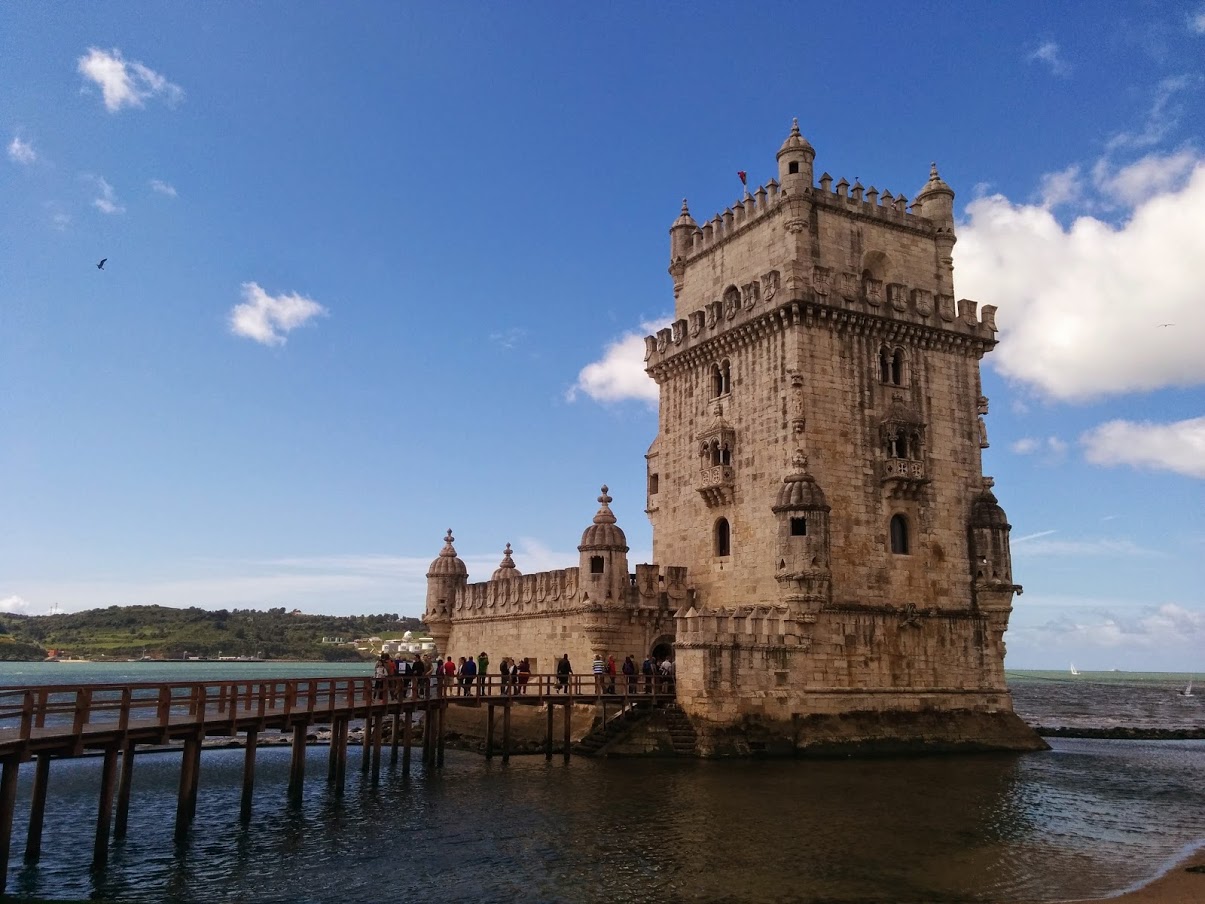
Best Places to Stay in Lisbon
Chiado & Baixa: The four-star Lisbon Pessoa Hotel has pretty much everything you could need, including parking, a gym, stylish rooms and a cool rooftop bar and restaurant. For a trendy boutique hotel, the Internacional Design Hotel occupies an enviable position on Rossio Square. The 3-star My Story Hotel provides a more affordable option for those on a budget.
Bairro Alto: If you’re feeling flush, the recently reopened Barrio Alto Hotel combines period and modern features, and has a lovely ground floor restaurant as well as a romantic rooftop terrace. For something a little more modest, opt for the Independente – a refined hostel in an Art Deco mansion offering colourful rooms and two trendy restaurants.
Avenida da Liberdade: Designed to mimic Paris’s iconic boulevards, Avenida da Liberdade is a highly sought after address for big fashion labels, opulent hotels and trendy eateries. Just off the boulevard, the five-star PortoBay Liberdade has an impressive array of facilities including an elegant bistro, a gym, spa and a rooftop bar complete with a hot tub.
For more prices and options click here.
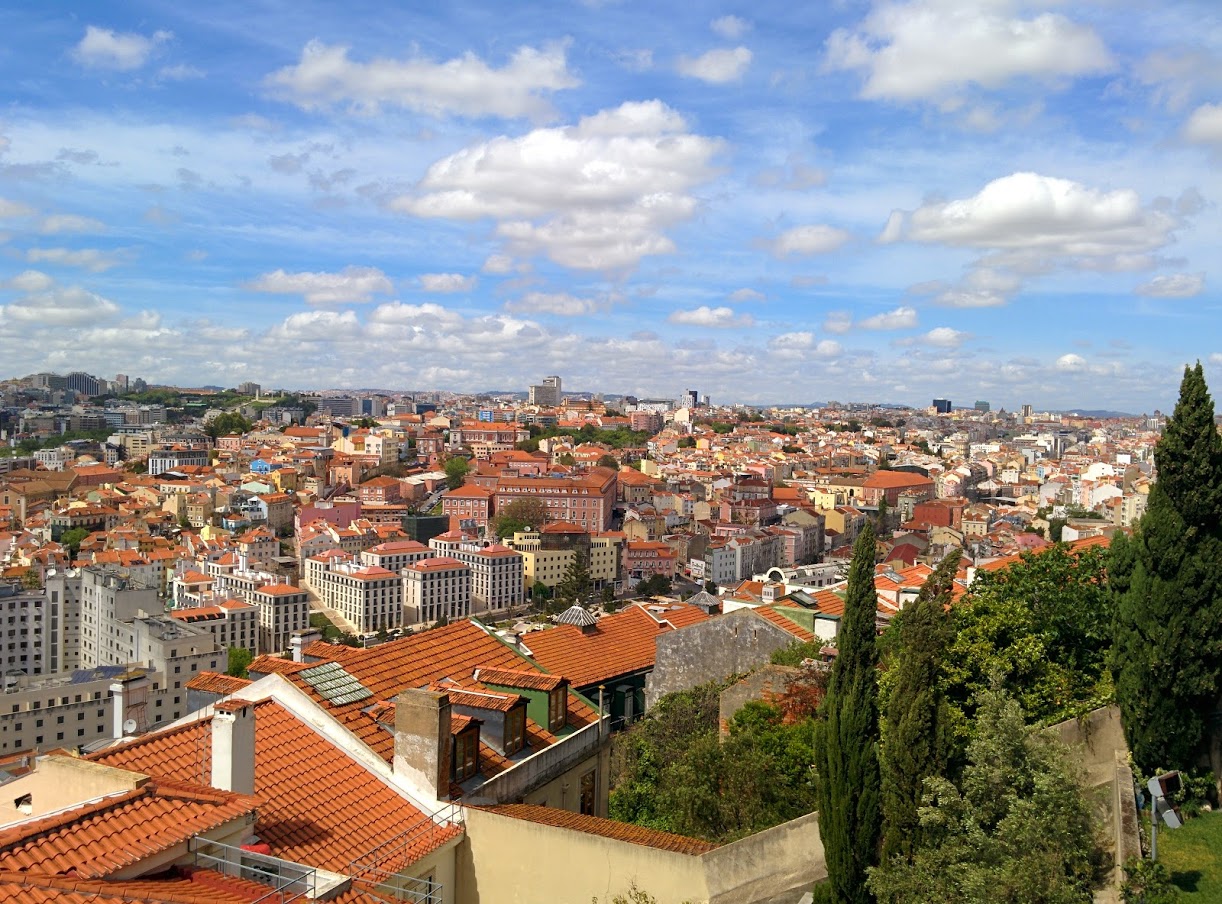
3 days in Porto
With a UNESCO-recognised city centre and rich medieval history, Porto is one of Portugal’s most picturesque cities. Whether you’re in town for a long weekend, or you have a little longer, there are a few experiences you’ll want to add to your hit-list.
How to spend 3 days in Porto
Each of Porto’s charming neighbourhoods offers a different perspective of the city. Porto’s riverside quarter, Praça da Ribeira, is the city’s oldest neighbourhood and draws visitors with its cobbled streets and colourful townhouses that tumble down the banks of the Douro River. The UNESCO-recognised quarter is also home to neoclassical landmark, Palácio da Bolsa.
Linking the bustling downtown Ribeira district with the port wine houses of Vila Nova Gaia, the two-tiered, Dom Luís I Bridge is without a doubt Porto’s most recognisable landmark. Make your way to the top deck where you’ll be rewarded with spectacular views of both cities. Stroll the length of the bridge and you’ll arrive in Vila Nova Gaia, where waterfront wineries invite you in for cellar tours, tastings and delicious food pairings.
There are five other bridges in the city, best seen on a Douro River cruise. The most famous of all is the impressive Dona Maria Pia bridge, designed by Gustave Eiffel (yes, that Eiffel!), before he took on the towering Paris icon. There’s a huge choice of river tours available, but with just three days to explore, I’d recommend hopping aboard the classic 50-minute, 6 bridges tour, which departs from either Ribeira or Estiva.
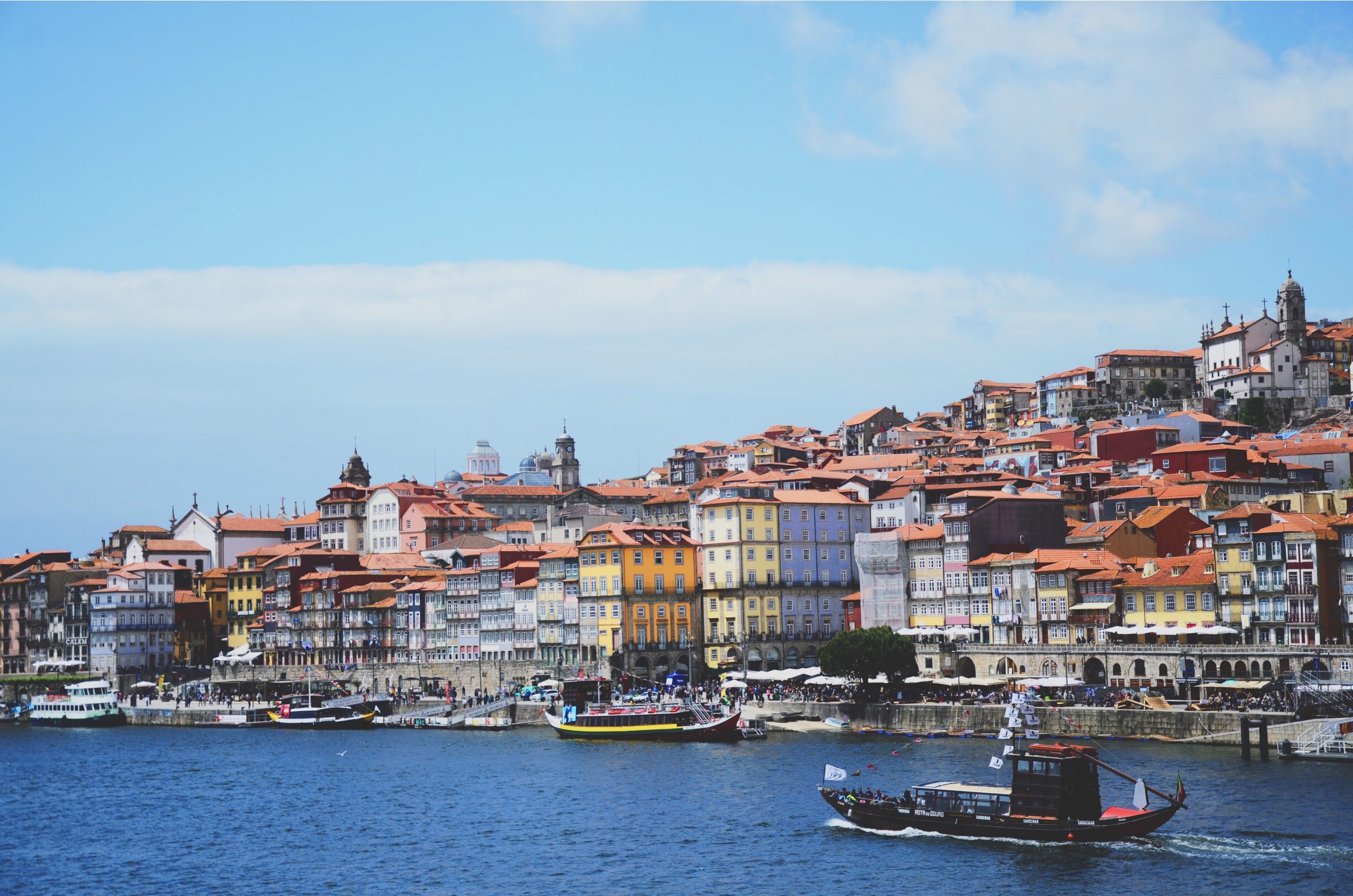
Just east of Ribeira lies Porto’s trendiest district, Baixa, where major monuments and azulejos-clad churches greet you on almost every corner. Perhaps the most impressive display of azulejos artwork (hand-painted tiles) can be found at Igreja do Carmo. The nearby Sao Bento often described as one of the most beautiful train stations in the world, should be your next stop, before tackling the 242 steps to the top of Torre dos Clérigos, Porto’s most famous tower. And afterwards? Well, you’ve earned yourself a nata tart – a popular Portuguese pastry made of custard baked inside a flaky crust. Delicious.
Further west, the exclusive neighbourhood of Foz prides itself on its laid-back vibe, beach bars and pretty lighthouses. Enjoy an ice cream on Gondarém Beach, stroll along the esplanade or lose yourself in Serralves gardens. Don’t forget to drop into Mercado da Foz, the town’s famous local market selling fresh fish, fruit and vegetables, along with hot dishes including pasties, burgers and hotdogs. To get to Foz from central Porto, simply take tram 1 from Infante to Passeio Alegre.
Best places to stay in Porto
Arts District: Located in Miguel Bombarda Street, right in the heart of the Art District, the Pensão Favorita is an authentic and affordable guesthouse with just twelve rooms, a living room and a garden sporting a terrace.
Historical District: Situated in Porto’s UNESCO Heritage city centre, and combining Old World elegance and a refined ambience, the Hotel Infante Sagres is one of Porto’s most prestigious addresses. Stylish décor displaying artwork, antiques and contemporary furnishings make it feel as much a museum as it is a luxury hotel. Slightly more affordable options include Descobertas Boutique Hotel and House Ribeira Porto Hotel.
Baixa/Sé: For something swanky, you can’t go wrong with the Intercontinental Porto. The former 18th-century palace is conveniently positioned on Porto’s main square, and a stone’s throw from the iconic Clérigos Tower. If you’re after a mix of luxury and convenience, the Flores Village Hotel combines apartment-style accommodation with the facilities of a hotel. It’s also perfectly situated on Rua das Flores – Porto’s trendiest street.
For more prices and options click here.


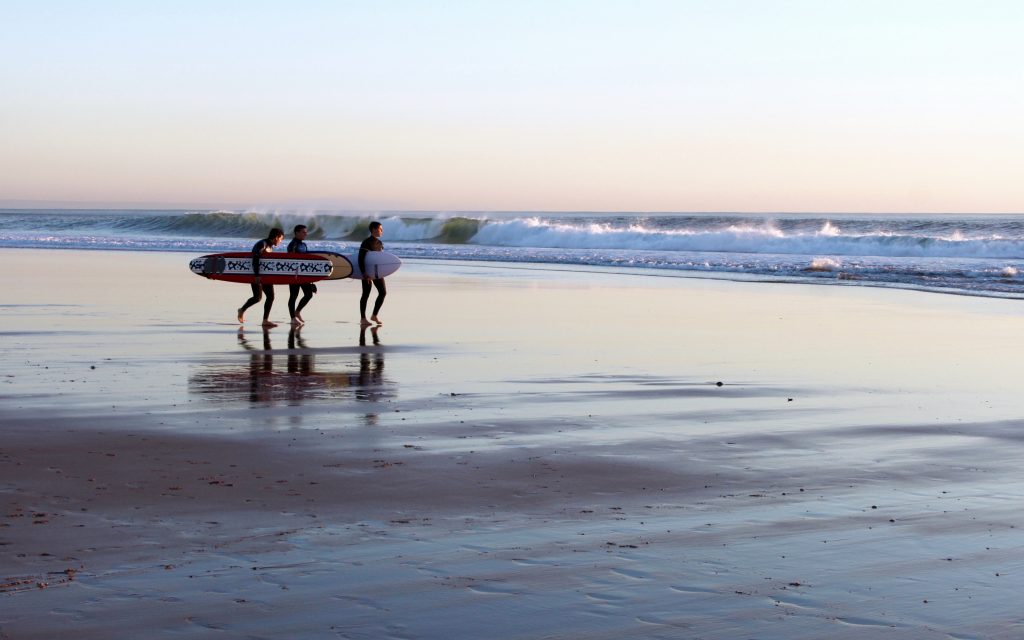
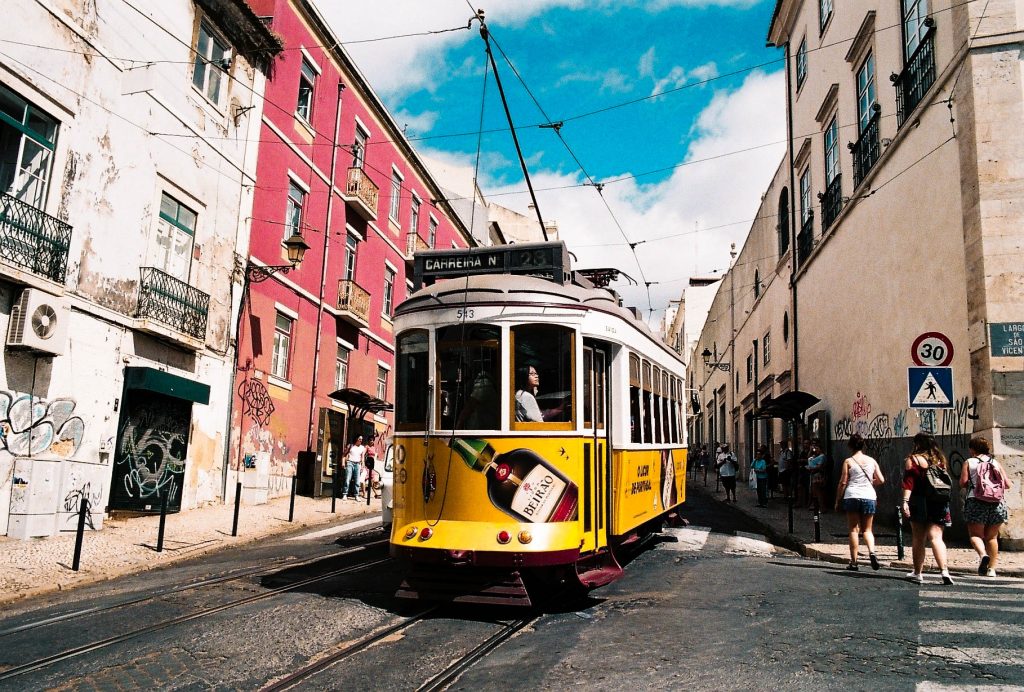
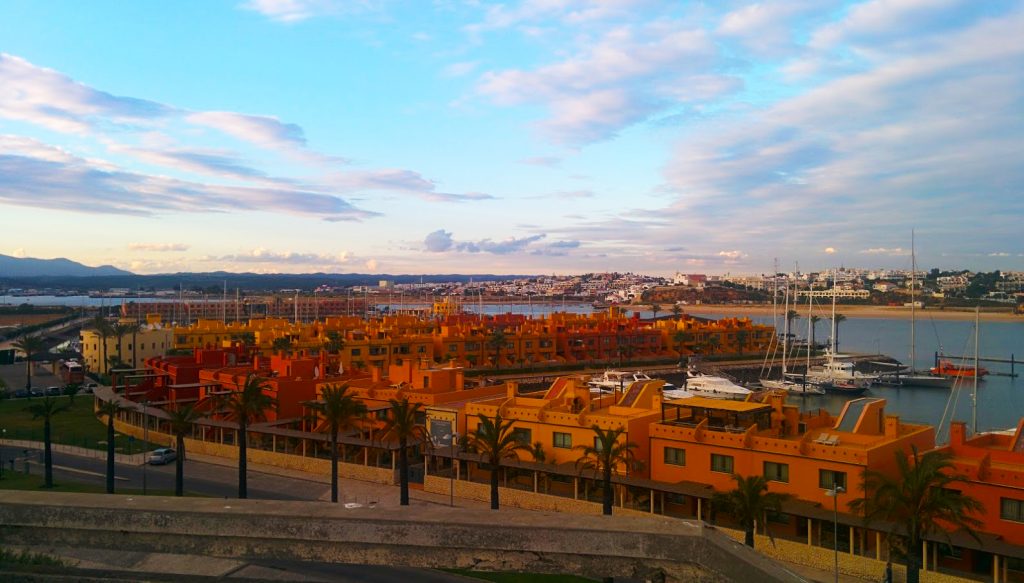
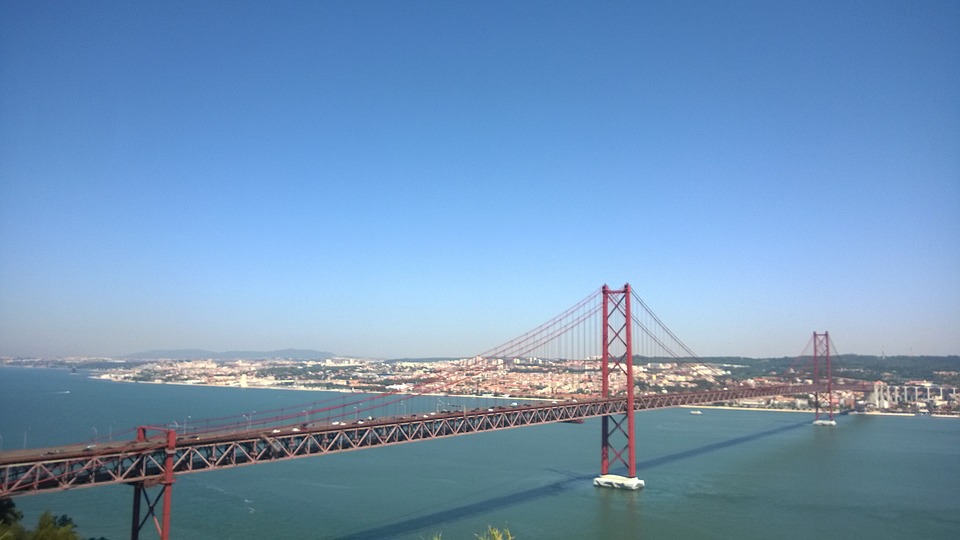
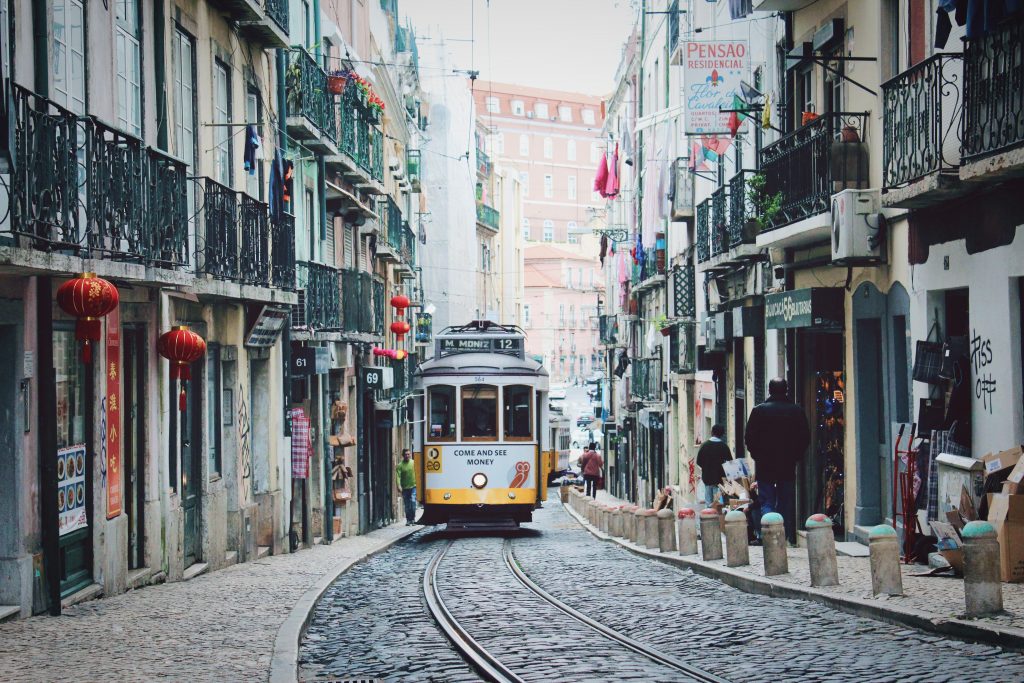


Leave a Reply